War of the Worlds: The Attack (2023)🔥🔥

War of the Worlds: The Attack (2023) – A Modern Take on a Sci-Fi Classic
Introduction
H.G. Wells’ The War of the Worlds (1898) is a cornerstone of science fiction, a novel that introduced the concept of an extraterrestrial invasion and has inspired countless adaptations across film, television, radio, and more. In 2023, a new adaptation, War of the Worlds: The Attack, directed by Junaid Syed, joined this storied legacy. This low-budget British-Canadian film offers a contemporary reimagining of Wells’ tale, blending nostalgic elements with modern sensibilities. While it has received mixed reviews, the film’s ambition, unique visuals, and adherence to certain aspects of the original novel make it a noteworthy addition to the War of the Worlds canon. This article provides a comprehensive introduction to War of the Worlds: The Attack, exploring its plot, cast, production, reception, and significance within the broader context of Wells’ enduring legacy.
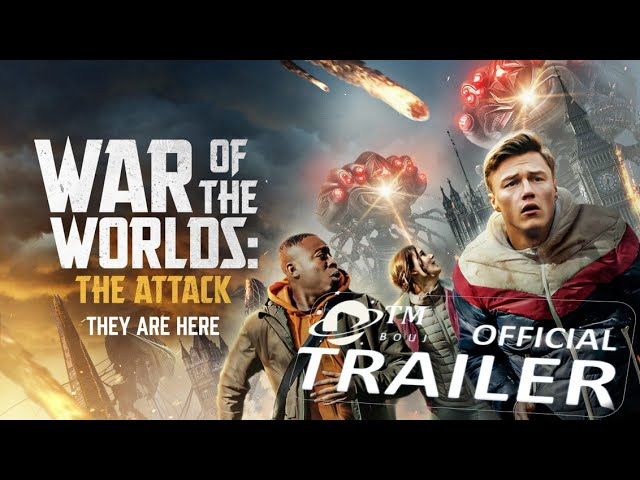
Plot Summary
War of the Worlds: The Attack centers on three young astronomers—Herbert (Sam Gittins), Hannah (Lara Lemon), and Ogilvy (Alhaji Fofana)—who are tracking a meteorite that crashes near their university campus in England. Their curiosity leads them to the crash site, where they discover that the “meteorite” is no ordinary space rock but the vanguard of a Martian invasion. The alien craft opens, revealing octopus-like creatures that unleash towering tripods equipped with devastating weapons, including heat rays and a “skeleton beam” that disintegrates its targets.
As the Martian war machines wreak havoc across the English countryside, the trio, later joined by a soldier named Ben (Leo Staar), must navigate a landscape of destruction and despair to survive. Along the way, they encounter a deranged clergyman (Vincent Regan), whose unhinged behavior adds a horror-like element to the sci-fi narrative. The group eventually makes their way to London, where the scale of the Martian assault becomes fully apparent. The film loosely follows the structure of Wells’ novel, incorporating key elements such as the Martians’ vulnerability to Earth’s pathogens, but updates the setting to the present day and introduces new subplots and character dynamics.

The story emphasizes themes of survival, human resilience, and the fragility of civilization in the face of an overwhelming alien threat. While the film retains the novel’s sense of existential dread, it also injects moments of camaraderie and youthful energy, drawing inspiration from coming-of-age adventure films. However, the screenplay, written by Junaid Syed and Tom Jolliffe, has been criticized for its uneven pacing and lack of character depth, which sometimes undermines the narrative’s emotional weight.
Cast and Characters
The film features a relatively unknown cast, with performances that range from earnest to inconsistent, reflecting the production’s modest budget. The main characters include:
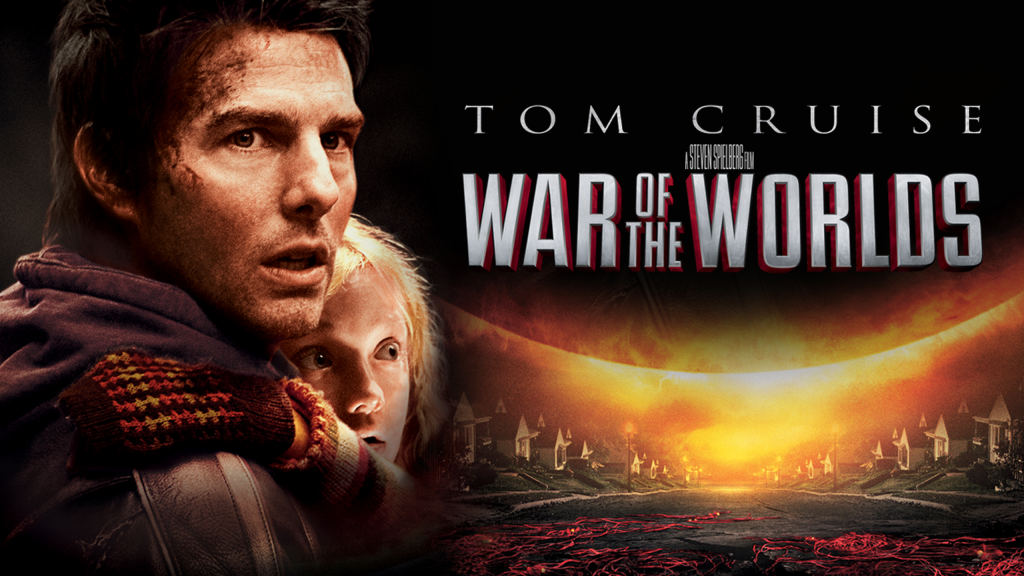
- Sam Gittins as Herbert: Named after H.G. Wells himself, Herbert is the intellectual leader of the trio, a budding astronomer with a knack for theorizing about the alien threat. Gittins brings a relatable everyman quality to the role, though some reviewers noted his performance lacks the gravitas needed for the film’s more dramatic moments.
- Lara Lemon as Hannah: Hannah is the group’s determined optimist, driven by her passion for astronomy and a desire to understand the Martian invaders. Lemon’s performance adds a touch of warmth to the film, but her character is underdeveloped in the script.
- Alhaji Fofana as Ogilvy: Ogilvy, another astronomer, provides a grounded perspective and moments of levity. Fofana’s portrayal is earnest, but like his co-stars, he struggles with the script’s limited character development.
- Leo Staar as Ben: A battle-hardened soldier who joins the group, Ben serves as a pragmatic counterpoint to the students’ inexperience. Staar’s performance is one of the film’s stronger elements, bringing a sense of urgency to the survival narrative.
- Vincent Regan as the Curate: Regan’s portrayal of a crazed clergyman is a standout, injecting a slasher-like intensity into the film. His character, inspired by the novel’s curate, adds a layer of psychological horror to the alien invasion.
The ensemble cast, while not featuring major stars, reflects the film’s indie spirit. However, critics have pointed out that the acting, particularly among the younger leads, can feel amateurish, with dialogue delivery and character interactions occasionally falling flat.
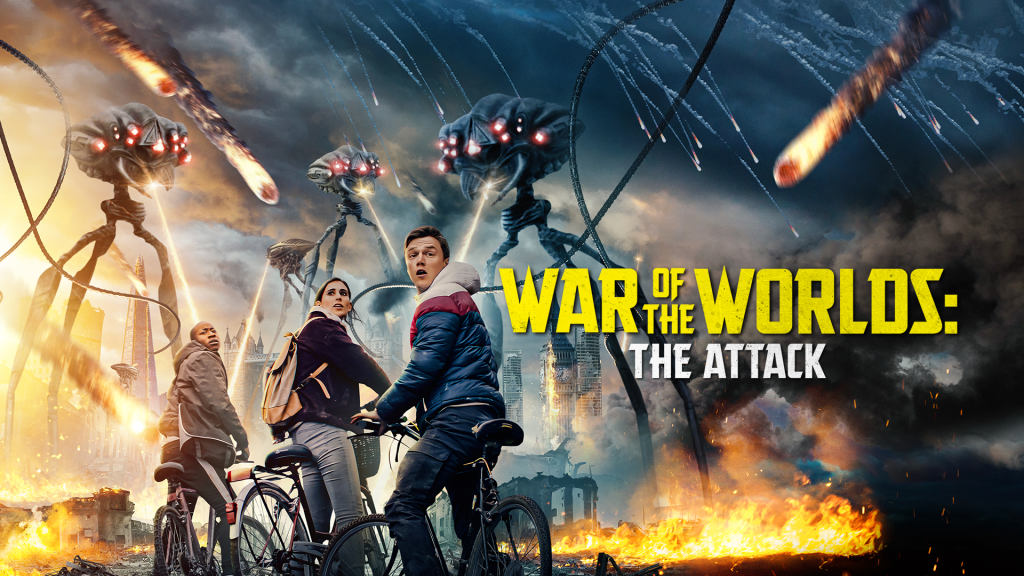
Production and Direction
Directed by Junaid Syed, a visual effects artist making his directorial debut, War of the Worlds: The Attack is a passion project that aims to honor Wells’ novel while adapting it for a modern audience. Syed, who also co-wrote the screenplay, has a background in VFX, having worked on high-profile projects before helming this film. His experience is evident in the film’s visual effects, particularly the design of the Martian tripods, which are book-accurate in their three-legged, towering menace and equipped with a cobra-hooded heat ray and pulsing red eye. The tripods’ movements across the English countryside are a highlight, with CGI that, while not blockbuster-level, is impressive for a low-budget production.
The film was shot on location in the United Kingdom, including at Horsell Common, the actual setting mentioned in Wells’ novel where the Martians first land. This authenticity adds a layer of historical resonance to the film, making it the only adaptation to use this iconic location. However, the production’s limited budget is apparent in certain scenes, such as a widely criticized moment where a busy modern motorway is visible in the background during a scene meant to depict a post-apocalyptic world. This oversight, along with uneven cinematography and editing, has been a point of contention among viewers.
Produced by Vertical Entertainment and RV Motion Pictures, the film was released on April 21, 2023, in select U.S. theaters and simultaneously on VOD and digital platforms, including Hulu, Amazon Prime Video, Apple TV, and Fandango at Home. The runtime is a brisk 1 hour and 25 minutes, and the film is unrated, though its violence and horror elements suggest a mature audience.

Visual Effects and Design
For a low-budget film, War of the Worlds: The Attack punches above its weight in terms of visual effects. The Martian tripods are a visual highlight, with their sleek, menacing design and fluid movements. The heat ray effects, which create explosions when striking vehicles and ash-like disintegration when hitting humans, are convincingly rendered, avoiding the pitfalls of overly artificial CGI. The “skeleton beam,” a new weapon introduced in this adaptation, fires green pulses that disintegrate targets, offering a modern twist on the novel’s black smoke.
The film’s setting, from the rural landscapes of Horsell Common to the devastated streets of London, captures the novel’s sense of place, though the production’s budget constraints limit the scale of destruction in earlier scenes. The Martians themselves, depicted as octopus-like creatures, are faithful to Wells’ descriptions, and their brief appearances add to the film’s creature-feature vibe. However, some effects, particularly in crowd scenes or large-scale battles, reveal the production’s limitations, with occasionally clunky CGI and inconsistent visual polish.
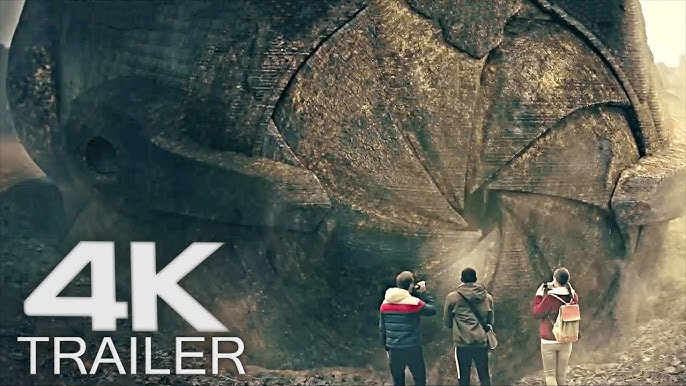
Reception and Criticism
War of the Worlds: The Attack has received polarized reviews, with a 3.2/10 rating on IMDb and an 8% audience score on Rotten Tomatoes’ Popcornmeter, reflecting significant viewer dissatisfaction. Critics and audiences have praised the film’s ambition and visual effects but criticized its execution, particularly in terms of acting, writing, and pacing. On Rotten Tomatoes, audience reviews range from scathing (“probably the worst movie I’ve ever watched”) to mildly forgiving (“thrillingly bad”), with some appreciating its low-budget charm for background viewing.
Positive reviews, such as one from Voices From The Balcony, highlight the film’s entertainment value as a budget sci-fi flick, noting its effective use of outdoor settings and convincing Martian designs. The review appreciates the film’s horror-adjacent elements, such as the deranged curate and the eerie opening scenes, which evoke a creature-feature atmosphere. Similarly, a Reddit thread on r/WarofTheWorlds describes the film as “surprisingly enjoyable” for fans of Wells’ novel, praising its VFX and 1980s-inspired “kids on bikes” vibe, though acknowledging the screenplay’s weaknesses.
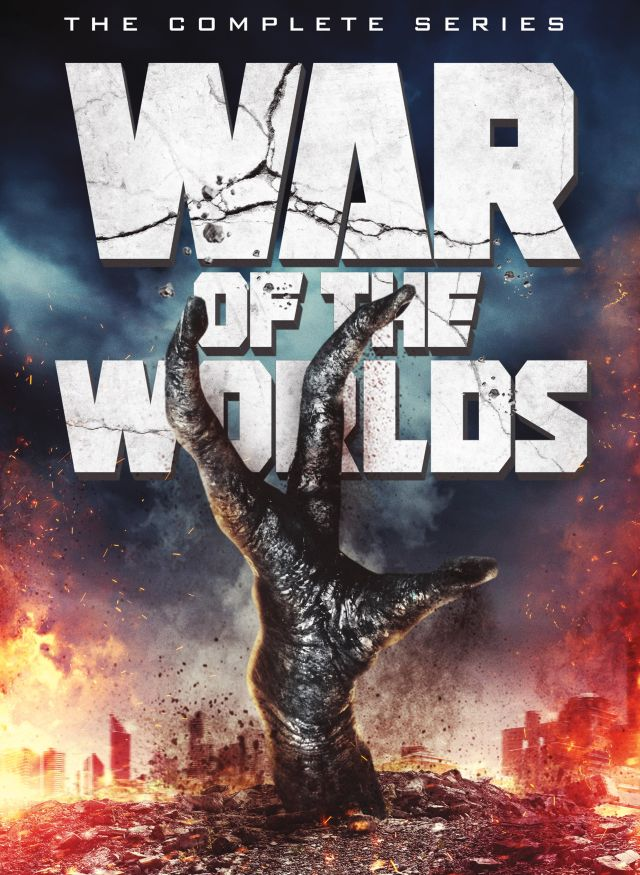
Negative reviews, however, dominate the discourse. IMDb user reviews describe the film as “amateurish” and “boring,” with complaints about poor acting, a slow pace, and a misleading trailer that promised more excitement than the film delivers. A Medium review by Paul Pallaghy gives it 2/5 stars, recommending it only for diehard Wells fans due to its “terrible plot & characters” despite decent CGI. The visible motorway in the background of a key scene has become a focal point of criticism, with reviewers questioning the lack of editing to maintain the illusion of a desolate world.
Significance and Legacy
War of the Worlds: The Attack is a bold, if flawed, addition to the long line of adaptations of Wells’ novel, which includes Orson Welles’ 1938 radio broadcast, the 1953 film, Steven Spielberg’s 2005 blockbuster, and numerous others. Its decision to film at Horsell Common and stay relatively faithful to the Martians’ appearance and downfall (via disease) sets it apart from more liberal adaptations. The film’s modern setting and youthful protagonists aim to make the story accessible to younger audiences, while its nostalgic elements, such as the tripods’ design, appeal to longtime fans.
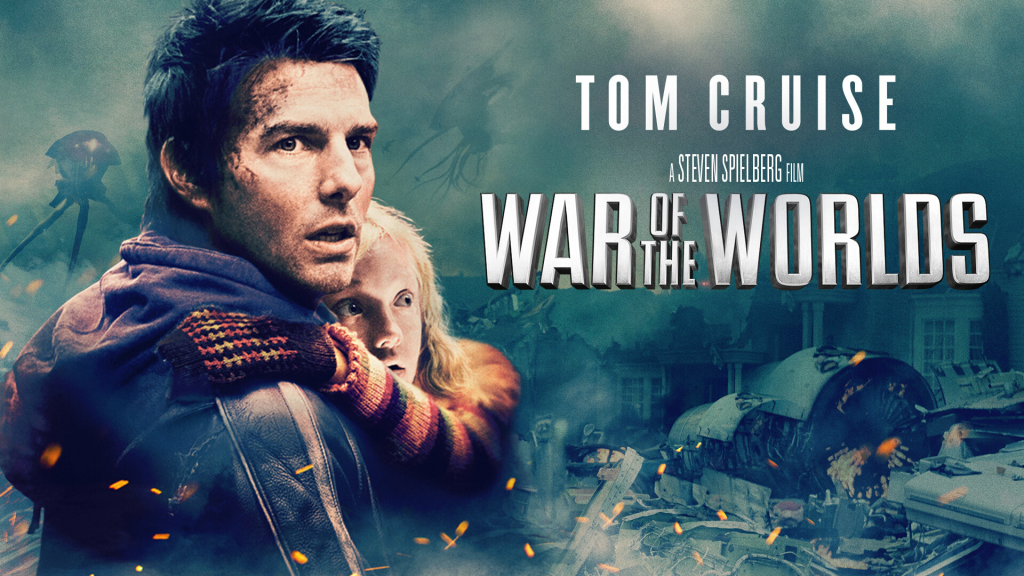
However, the film’s low budget and execution issues place it among the less celebrated adaptations, with some comparing it unfavorably to the 2005 Spielberg film or even earlier low-budget efforts. Its cliffhanger ending, hinting at a Martian egg hatching, suggests potential for a sequel, though critical reception and limited box office success make this uncertain.
The film’s release on multiple streaming platforms reflects the changing landscape of film distribution, allowing it to reach a wide audience despite its limited theatrical run. For fans of indie sci-fi or Wells’ novel, it offers a flawed but earnest take on a classic story, with enough redeeming qualities—such as its visuals and setting—to warrant a watch for the curious.

Where to Watch
War of the Worlds: The Attack is available for streaming on Hulu (with a free trial for new subscribers), Disney+, and Amazon Prime Video’s Freevee service. It can also be rented or purchased on platforms like Apple TV, Google Play Movies, YouTube, Fandango at Home, and Microsoft Store.

Conclusion
War of the Worlds: The Attack (2023) is a testament to the enduring appeal of H.G. Wells’ The War of the Worlds, a story that continues to captivate audiences over a century after its publication. While the film struggles with budget constraints, uneven acting, and a weak screenplay, it succeeds in delivering striking visuals, a faithful Martian design, and a unique setting at Horsell Common. For fans of low-budget sci-fi or Wells’ novel, it offers a flawed but intriguing take on a classic tale, best approached with tempered expectations. Whether viewed as a nostalgic nod to the source material or a cautionary tale of ambition outstripping resources, War of the Worlds: The Attack is a reminder of the challenges and rewards of reimagining a sci-fi masterpiece.